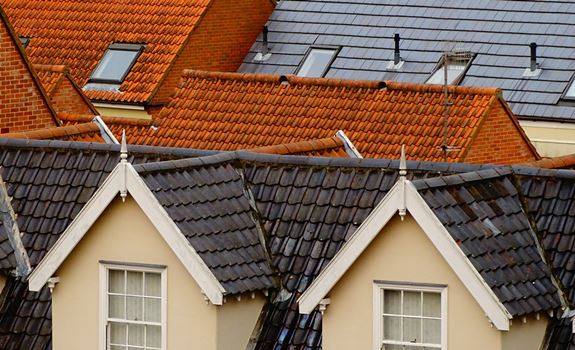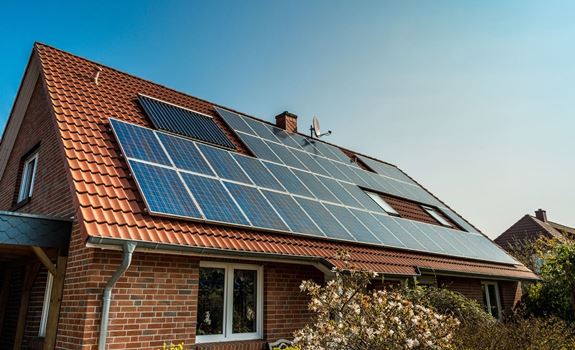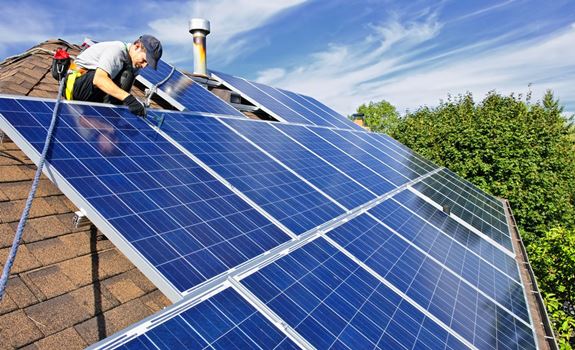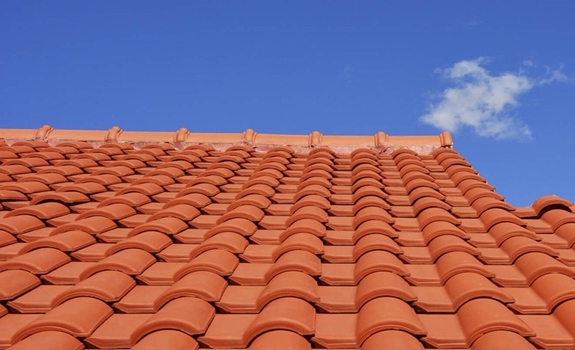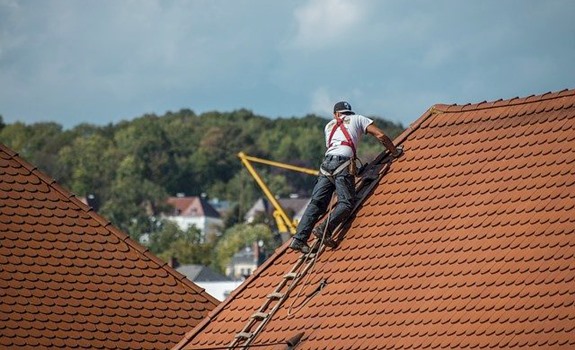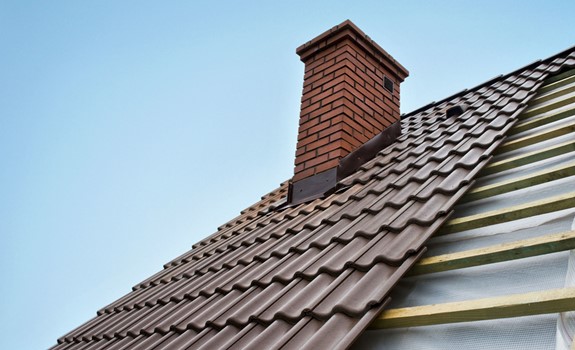As we move further into 2025, the importance of sustainable and energy-efficient homes is becoming increasingly apparent. The roofing industry is no exception, with innovative materials and designs emerging to meet these growing demands.
Today, we’re going to take a look at the top roofing trends of 2025, showcasing the latest and greatest developments in the industry. These trends not only provide durability and protection but also promote sustainability and energy efficiency.

Cool Roofs: The Perfect Balance of Protection and Efficiency
A popular trend this year is the adoption of cool roofs. These innovative roofing systems reflect more sunlight and absorb less heat than traditional roofs, which helps keep the building cool and energy-efficient.
Solar Roof Tiles: Harnessing the Sun’s Energy
Solar roof tiles have been gaining traction in recent years, and 2025 is no exception. These tiles blend seamlessly with traditional roofing materials, creating a sleek and modern appearance.
In addition to their aesthetic appeal, solar roof tiles are an excellent way to harness the sun’s energy and reduce your home’s reliance on nonrenewable energy sources. This trend is not only eco-friendly but can also save homeowners a considerable amount on their energy bills.
Green Roofs: A Breath of Fresh Air
Green roofs, also known as living roofs, are covered with vegetation and soil, creating a natural, sustainable roofing option. This trend has been gaining popularity in urban areas, as it offers a range of benefits, including improved air quality, reduced stormwater runoff, and increased energy efficiency.
Furthermore, green roofs provide excellent insulation, keeping your home cooler in the summer and warmer in the winter.
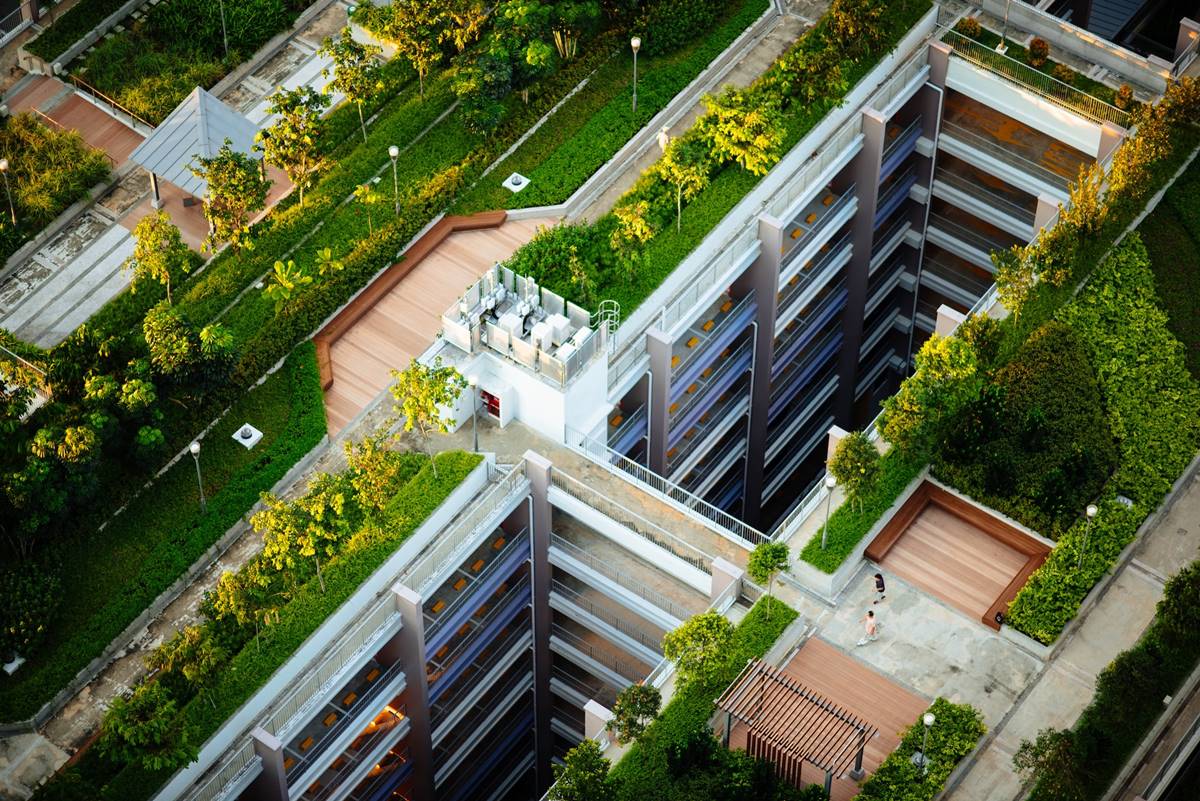
Metal Roofing: Combining Style and Durability
Metal roofing is experiencing a resurgence in 2025, with homeowners and builders opting for this durable and stylish roofing option. Available in various materials, such as aluminum, steel, and copper, metal roofs offer exceptional longevity and can withstand harsh weather conditions.
Additionally, metal roofs are recyclable, making them an environmentally friendly choice. With the increasing variety of colors and finishes available, metal roofing can suit any architectural style, from traditional to contemporary.
Lightweight Roofing Materials
With the growing interest in sustainable construction, lightweight roofing materials have become increasingly popular in 2025. These materials, such as synthetic slate and shake, are more comfortable to transport and install, reducing the overall carbon footprint of the construction process.
Moreover, lightweight materials can help reduce the load on a building’s structure, potentially extending its lifespan.
Customization and Personalization
Another significant trend in 2025 is the growing demand for customization and personalization in roofing. Homeowners are looking for unique and eye-catching roofing options to set their homes apart.
As a result, manufacturers are offering a wide range of colors, textures, and materials to cater to these individual preferences. Whether you prefer the rustic charm of wooden shingles or the sleek modernity of metal, there is something to suit every taste.
Smart Roof Technology
Smart home technology has been steadily growing in popularity, and now it’s making its way onto our roofs. Smart roof technology can include features such as leak detection sensors, integrated solar panels, and even automated gutter cleaning systems. These innovations not only make maintaining your roof easier but can also help prevent costly damage in the long run.
Recycled Roofing Materials: Giving Old Products New Life
In 2025, the push for environmental responsibility has led to a surge in the use of recycled roofing materials. Homeowners and builders alike are embracing shingles and tiles made from repurposed rubber, plastics, wood fibers, and even old roofing waste. These products offer durability comparable to traditional options, but with a significantly lower environmental impact.
Recycled roofing not only helps reduce landfill waste but also often requires less energy to produce. Additionally, many of these materials are designed to mimic the appearance of more expensive or resource-intensive options, such as slate or cedar shakes, providing a stylish look at a fraction of the cost — both financially and ecologically.
Conclusion
The roofing industry is continually evolving, with new materials and designs emerging to meet the needs of modern homeowners. In 2025, the top roofing trends focus on sustainability, energy efficiency, and customization, offering homeowners a wide array of options to suit their individual preferences and requirements.
From cool roofs and solar tiles to green roofs and metal roofing, there is something for everyone. As we look towards the future, it’s clear that these innovative solutions are not only transforming the roofing industry but also contributing to a greener, more sustainable world.



